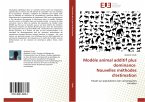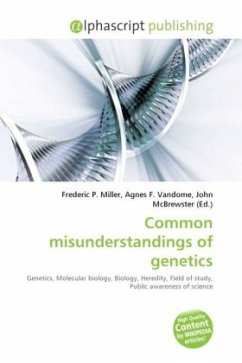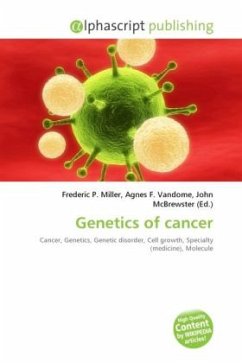In genetics, dominance describes a relationship between different forms alleles of a gene at a particular physical location locus on a chromosome. Typical plants and animals have two sets of chromosomes, one set inherited from each parent, and are described as diploid. They therefore have two alleles at each gene locus. If the two alleles at the same gene locus are identical, the individual is called a homozygote and is said to be homozygous: if instead the two alleles are different, the individual is a heterozygote and is heterozygous. The genetic makeup of an organism, either at a single locus or over all its genes collectively, is called the genotype. The genotype of an organism directly or indirectly affects its molecular, physical, behavioral, and other traits, which individually or collectively are called the phenotype. At heterozygous gene loci, the two alleles interact to produce the phenotype: the interaction can often be described as dominant or recessive.
Bitte wählen Sie Ihr Anliegen aus.
Rechnungen
Retourenschein anfordern
Bestellstatus
Storno








